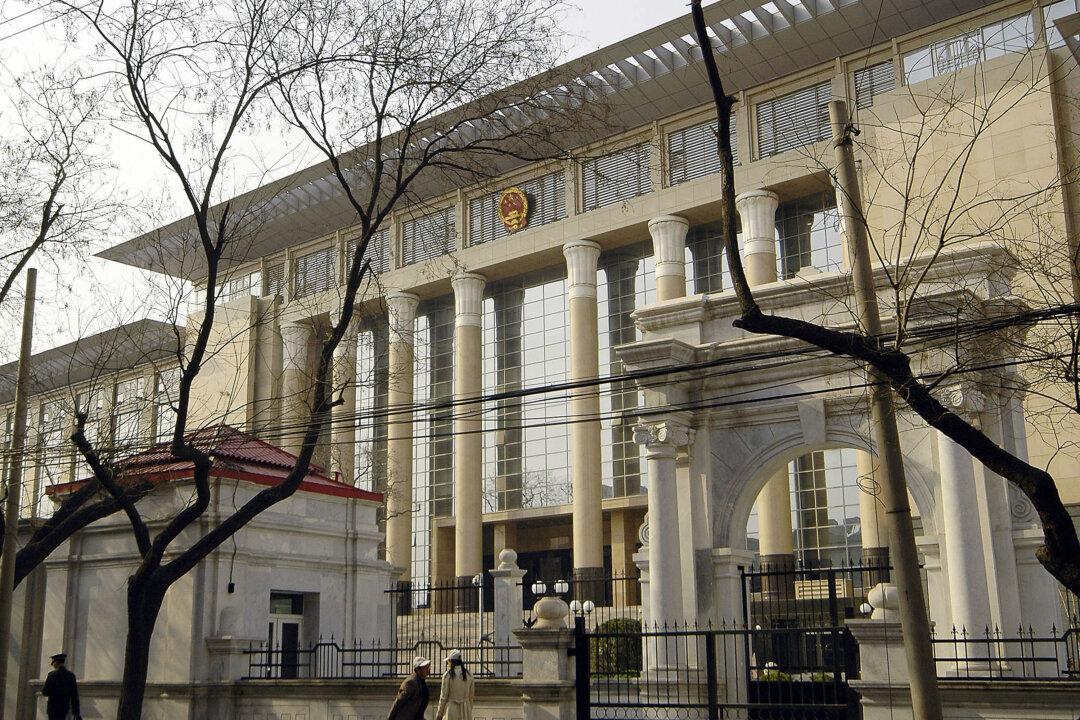Commentary
The precise origination of Chinese xenophobia will probably never be known, but certainly the Opium Wars in the 19th century exacerbated Chinese distrust of foreigners. The Chinese are certainly not unique in their xenophobia, but the Chinese Communist Party (CCP) has carried that to the extreme with their ongoing persecuting and “Sinicizing” of Uyghurs, Tibetans, and other minority groups in China.





